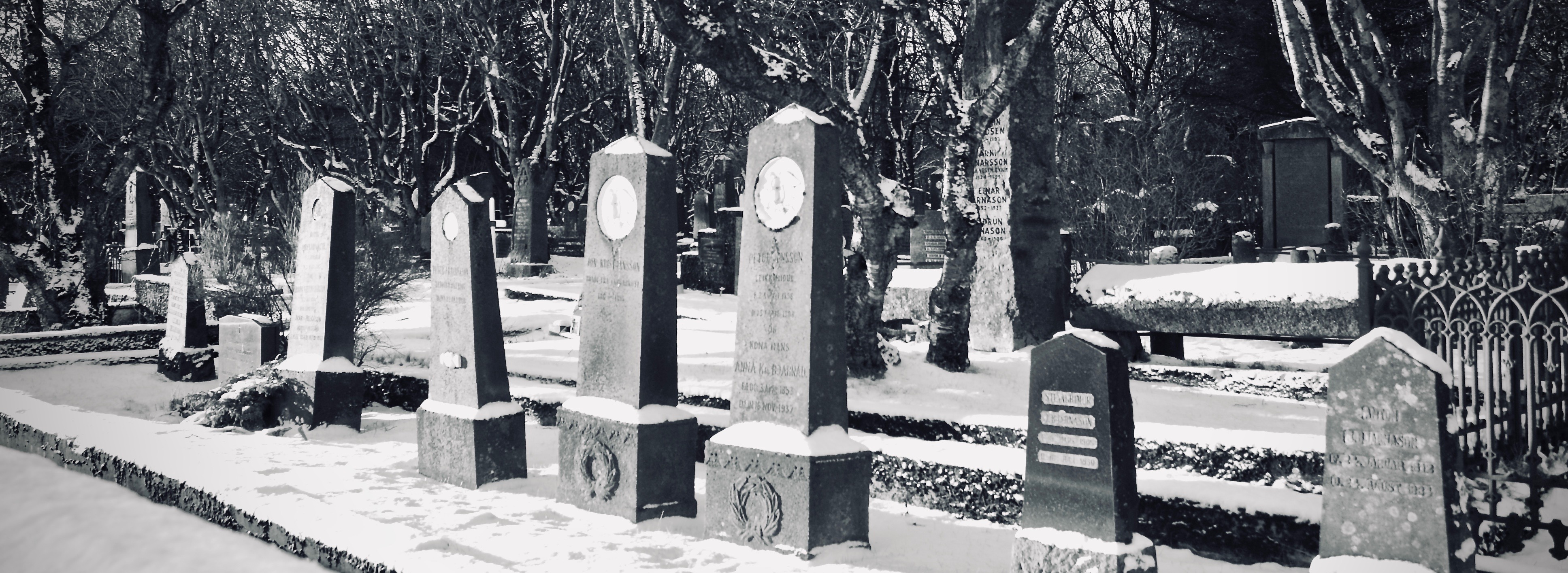Greenscale Plague
Should you ever happen upon an unfortunate soul whose skin has started to look like the scales of a Green Dragon you should run. There is little you can do for them, and every moment you spend near them brings you closer to your own doom.
Transmission & Vectors
Greenscale Plague is transmitted from person to person through touch, which can include direct contact with someone who is infected, or touching an object that they have handled within the last 24 hours. The Plague is also spread, and initially breaks out, through breathing in or contact with the fungal spores that cause the sickness.
Causes
Fungal spores that are released by colonies of Greenscale Fungus cause the Plague. Greenscale Fungus can be found in any damp environment including caves, swamps, wetlands, coastlines, river and lake banks. Fortunately Greenscale Fungus is not a particularly voracious species, and the colony nodes that produce the spores take hundreds of years to grow mature enough that they release spores. However, once spores are released into the atmosphere there is little that surrounding communities can do to stop them.
Symptoms
At first, Greenscale Plague manifests itself as an itch confined to a specific part of the body, and then beginning to spread across the infected person’s entire body. Once the itching has started, the skin will begin to crack and fissure into large crusty sores that are raised up out of the skin, and take a diamond shaped form very similar to Dragon scales. At first these ‘scales’ will have the appearance of large scabs, but as the illness progresses they will turn green in colour. The appearance of the sores will be accompanied by serious bouts of vomiting, fever and seizures. When the illness reaches its zenith, identifiable by the body being almost completely covered in green ‘scales’ vital organ function will begin to shut down, and this is the stage that often results in death.
Treatment
The only treatment that is found to have a consistent relieving effect to Greenscale Plague is the Spiritus Vitae plant, whose flowers can be used to create a distillation to combat the Plague. Records have shown that a Spiritus Vitae distillation is effective in 99% of cases where it is administered, but because of the complex process to distil a medicine from it, and the knowledge that is required to be able to carry out the process. Equally the fact that it is the flower of the plant that produce the distillation means that it can only be made at certain points of the year, further reducing the stock of Spiritus Vitae Medicine and making it rather expensive.
Prognosis
Greenscale Plague has a high mortality rate, with as many as 70% of those infected dying as a result of the disease. Of those that survive, around 20% are so weakened by the ailment that they are no longer able to return to their lives as normal, and they are highly susceptible to other much more minor illnesses for the rest of their lives. The final 10% are the lucky few who make a full recovery, and are able to return to their lives as normal. All who contract Greenscale Plague and survive are permanently scarred by the illness, and carry a nexus of faint green lines marking where their ‘scales’ were for the rest of their lives. In addition, those who contract the Plague and survive are apparently immune from contracting it a second time.
Cultural Reception
Because of the transmission of the disease person to person by touch, those who contract Greenscale Plague and their immediate families are often segregated from society until the illness has passed, often resulting in the death of all the household. Those who contract the disease and survive, often dedicate their lives to helping those suffering from Greenscale Plague, as they are immune from further infection. These individuals are treated with great respect, but are often themselves virtually isolated from society, for fear that the illness may still linger around them.
Type
Fungal
Cycle
Short-term
Rarity
Rare




Comments